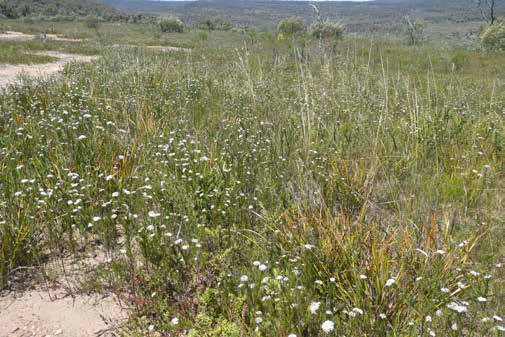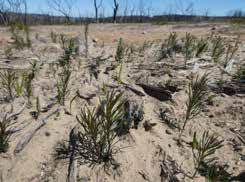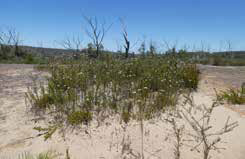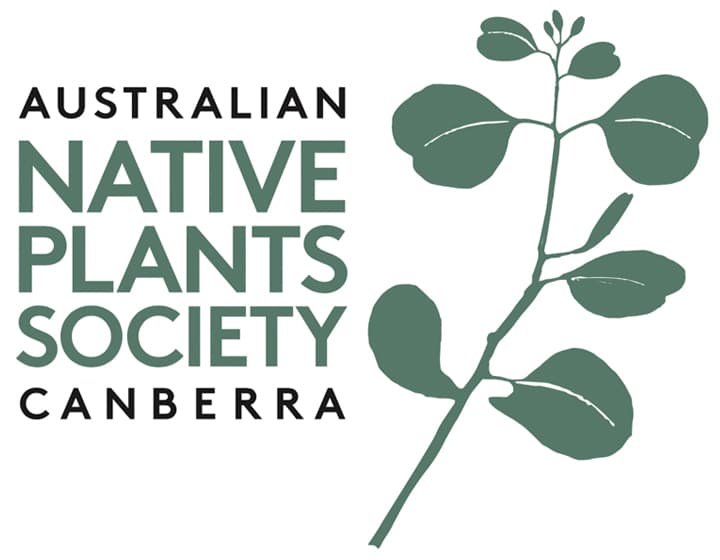Flower of Summer
By Roger Farrow
June 2023
Platysace lanceolata

The flowering in the heathlands of the Southern Tablelands peaks in spring and early summer and by late summer only a few perpetual flowers remain. But one species comes into its own in late summer, namely the Shrubby Platysace, Platysace lanceolata. It is a member of the carrot family (Apiaceae) and, like most species in this family, the tiny 5-petalled flowers are arranged in a conspicuous flattopped umbel. It was first named by the doyen of Australian plant descriptions, Jacques- Julien Houtou de Labillardière in 1805 and was probably collected near Recherche Bay in Tasmania.




In February this year, the sand hummocks on the sandstone rock shelves along the Nerriga Road were covered in a sea of white Platysace. This flowering is much more conspicuous now than before the 2019–2020 megafire, although many shrubs had died from drought-stress during 2019. The shrubby understory of these heathlands was completely incinerated in January 2020 and shrubs have regenerated from underground rootstocks and by seed. Subsequent observations suggest that Platysace regenerated en masse from seed accumulated in the seed bank and plants emerged from places where no adult plants had been recently seen. Germination was probably accelerated by heat and possibly smoke from burning wood ash but would have needed follow-up rain to promote the growth of seedlings, the perfect situation in 2020–2021.
These sand hummocks on the top of rock platforms are precarious plant habitats because of the shallow depth of soil and lack of moisture during extended dry periods when many shrubs will possibly die and thin out. Another place where Platysace was flowering well this summer is in the granite tops of the Tinderry range. These plants are larger and appear older than those of the Nerriga area. The Tinderry Range was heavily burnt out in the 2006 fire and post fire recruitment of many species has occurred since then. It is not clear if the Platysace flowering this summer germinated then but the last two wet years would have encouraged their growth and flowering.



My conclusion is that Platysace lanceolata joins a long list of shrub species that have a fire-dependent reproductive strategy that depends on the incidence of high intensity fires at long intervals of a decade or more to renew senescent plants. These mega-fires are often initiated by lightning strikes in forested areas at the end of extended and severe drought periods due to the impact of El Nino/La Nina and Indian Ocean Dipole oscillations. The predicted increased severity of these fluctuations, due to the impact of global warming, may well affect the dynamics of shrub survival and recruitment in the future.
Back to Articles List
